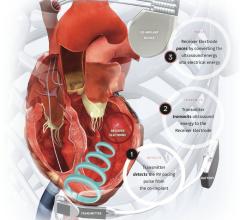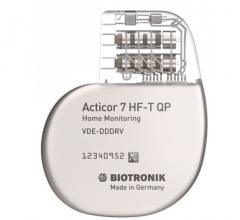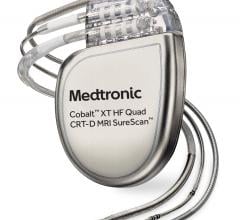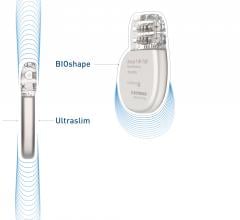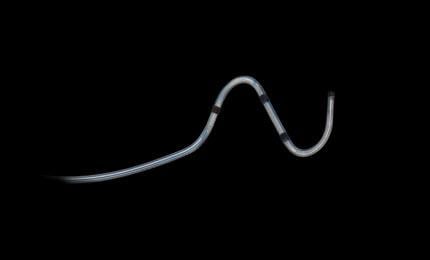
May 14, 2014 — Data presented during Heart Rhythm 2014 found the use of quadripolar leads reduced the number of hospitalizations by 53 percent when compared to the non-quadripolar group. This hospitalization rate reduction translated into a statistically significant 62 percent reduction in overall costs for both healthcare systems and patients.
The “Hospitalization Rates and Associated Cost Analysis of Quadripolar versus Bipolar CRT-D: a comparative analysis of a single-center prospective Italian registry” presentation included data that demonstrated hospitalization rates for the quadripolar group were lower than the non-quadripolar group, and patients with the St. Jude Medical Quartet quadripolar LV (left ventricular) lead had a 98 percent probability of having lower costs than patients with non-quadripolar leads. The study showed that use of the quadripolar LV lead was associated with significantly reduced hospitalizations specific to the two types of hospitalizations studied: heart failure and LV lead surgical revision.
“These data are compelling evidence as they show a significant cost saving for the healthcare system and patients utilizing the St. Jude Medical quadripolar pacing system,” said Giovanni Forleo, M.D., electrophysiologist at the University Hospital of Tor Vergata in Rome. “This study showed a strong cost benefit, further demonstrating why quadripolar technology is becoming the standard-of-care for patients requiring CRT [cardiac resynchronization therapy].”
The prospective, single-center, observational registry was a first-time evaluation of hospitalization rates and cost reduction following CRT with quadripolar versus non-quadripolar LV leads. Over three years, 198 patients implanted with either a St. Jude Medical Quartet quadripolar LV lead or a non-quadripolar LV lead, were enrolled in the study. The goal of the study was to compare the hospitalization rate related to heart failure and LV lead surgical revisions between the Quartet quadripolar lead and a traditional bipolar lead for cardiac resynchronization therapy defibrillators (CRT-Ds).
“This study provides additional evidence that the quadripolar system improves patient outcomes and reduces healthcare costs,” said Mark D. Carlson, M.D., chief medical officer and vice president of global clinical affairs for St. Jude Medical. “This study is another example of St. Jude Medical’s commitment to investing in disruptive technologies that transform the treatment of expensive epidemic diseases.”
For more information: www.sjm.com


 May 22, 2023
May 22, 2023 

